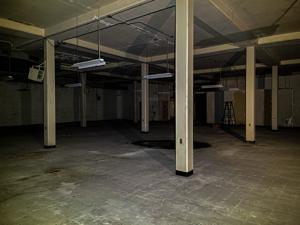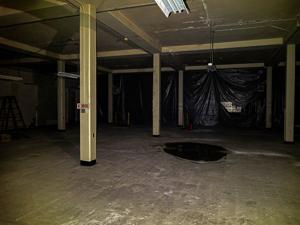Information scrubbed from the net. Collapse/Expand
AT&T microwave relay site located near Kingston, NY. It is now owned by American Tower, Inc. There are two towers behind the building, only the tower on the right has a few active communications antennas on it. The taller tower is 190 feet tall and was built in 1957. The shorter tower is 120 feet tall and was built in 1961. Both towers and everything on them was made by Western Electric, the same company that manufactured the telephone sets. Chances are, Western Electric contracted the actual manufacture of equipment out to others, then billed AT&T, their parent company a markup. Something that would make all MBAs proud.
This tower was built in 1957. The structure and galvanizing are still in excellent condition. There is also a bomb shelter in the basement.
The building itself is huge, the first floor is 16,000+ square feet and the second floor is 10,000+ square feet.
The building has it’s own power substation. The electric from the utility company comes off the pole at 13,800 volts and goes to a large step down transformer on a pad outside. From there 480 volts is fed to this switch panel, where it is routed to motors loads or other step down transformers within the building. Also, two diesel generators were located here, one was 325 KW which could run the entire building. The other was 200 KW which could run the critical building functions. The fuel storage consisted of two 10,000 gallon tanks buried in the ground outside. Each steel fuel tank had a cathodic protection circuit. Basically a small negative electrical current was passed to the steel tank to keep it from rusting. Apparently it worked because when the tanks were removed in 2000 after 45 years in the ground, the primer was still on the outside of the tank.
The microwave relay site has 12 inch re-enforced concrete walls. The ventilation air intakes have blast baffles to prevent a pressure wave (from a nuclear explosion) from blowing the ventilation equipment off of its mounts.
All of the outside openings were able to be sealed with steal blast deflectors using a pneumatic control panel located in the control room. There was a five minute timer, presumably to allow the HVAC units to be secured before the doors where closed. They where heavy gauge steel shutter designed to deflect the pressure wave of a nuclear explosion. Since this is an earlier building, it is likely that it is built to a 2 PSI pressure wave spec. Newer buildings were built to 20 or even 50 PSI. This microwave relay site would not have withstood a direct hit from a nuclear warhead, especially the higher yield warheads that came later on.
The large antennas you see on the towers are microwave horn antennas. They are no longer in use. Several transmitters and receivers would have been connected to each one of these antennas by use of RF multiplexers. Each microwave transmitter/receiver would have had several data channels. Generally, this was C Band microwave equipment, so it was in the 4, 6, and 8 gHz frequency range.
All of this telephone traffic was transmitted on digital data channels un-encrypted. Many have argued that this allowed the government (most notably the NSA or National Security Agency) to intercept and listen to most domestic long distance telephone calls within the US.
There where three large water chillers to provide cooling to the HVAC units. Since this was the 1950’s all of the electronic equipment would have had tubes, which would have generated a lot of heat while operating. There were two loops in the HVAC system. The refrigerant loop, which ran between these units and the huge condensers on the second floor roof, and the chilled water loop which ran between these units and the air handlers located in various parts of the building.
On the main floor, there were rows and rows of wire terminal equipment, microwave transmitters, receivers and data and RF multiplexers in racks. The room in the above picture is about 10,000 square feet, there is another 6,000 square feet beyond the plastic heat barrier. This microwave gear received and transmitted data from Albany and Germantown to the north; Poughkeepsie, Putnam Valley, Ellenville, and Spring Valley to the south. All of that equipment is gone now, replaced by empty space.
-Zer0Sum
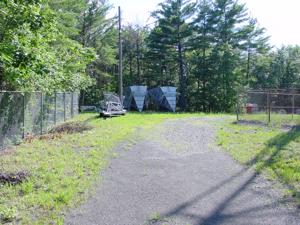
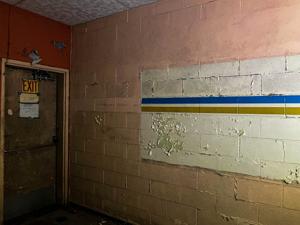
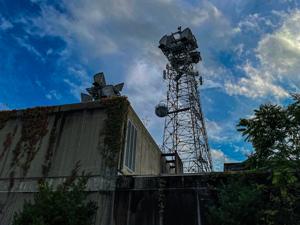
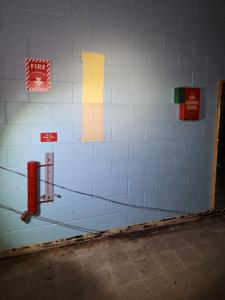
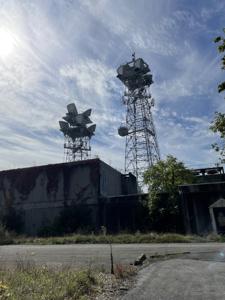
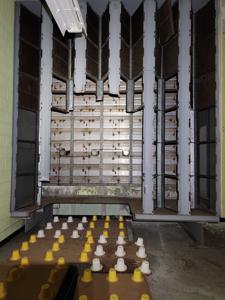
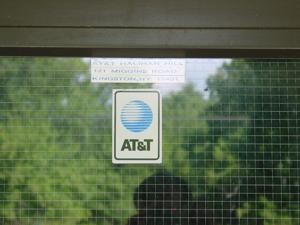

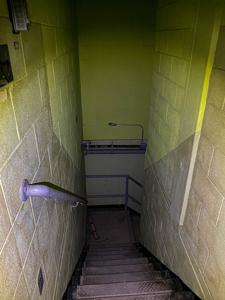
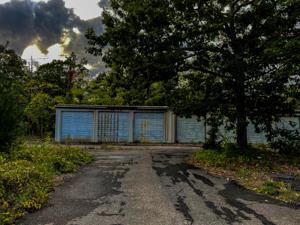
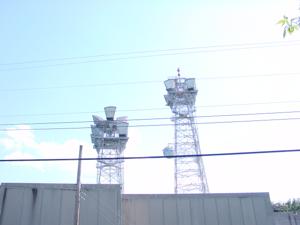
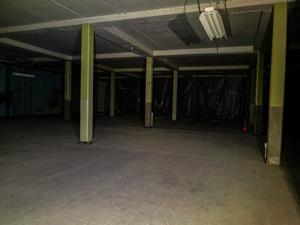
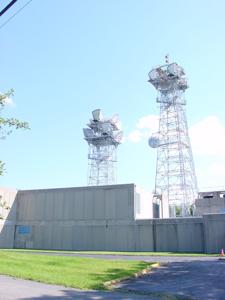
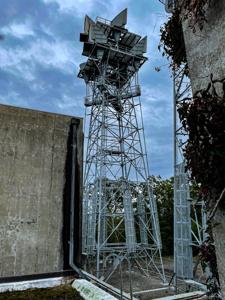
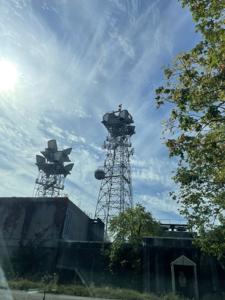
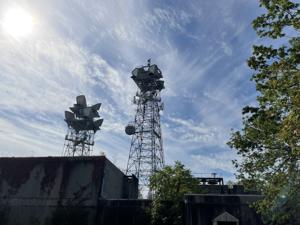
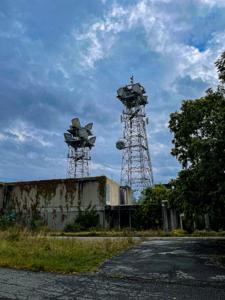

.jpg)
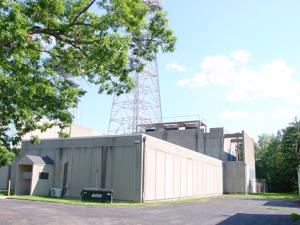

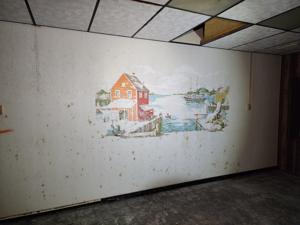
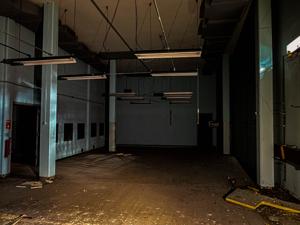
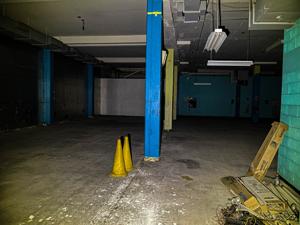
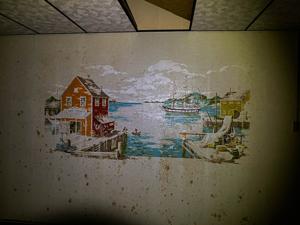
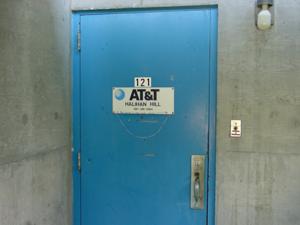
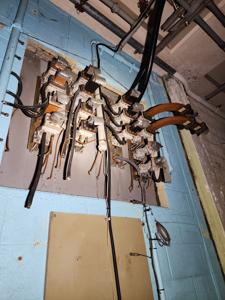

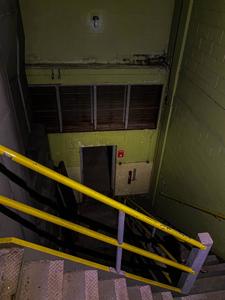

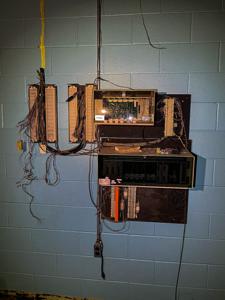
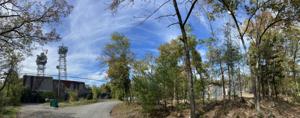
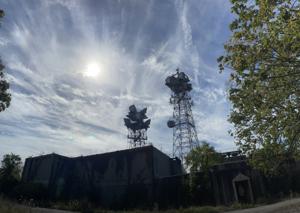
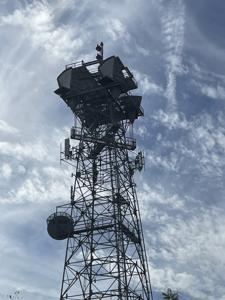
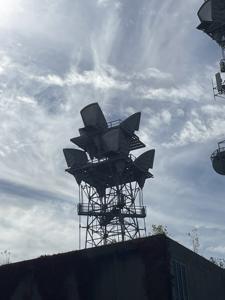
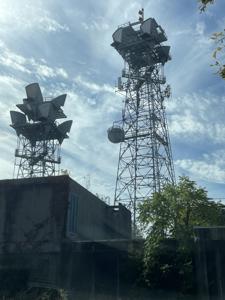

.jpg)
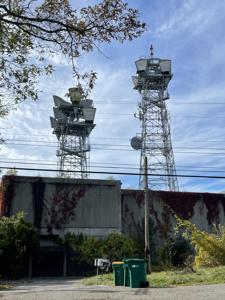
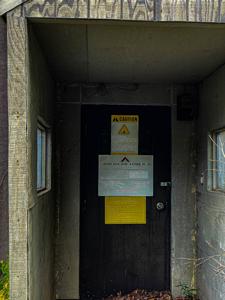
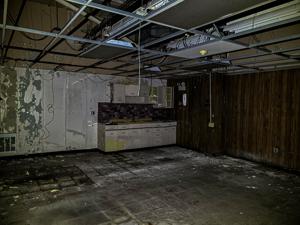
.jpg)
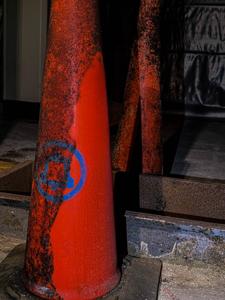
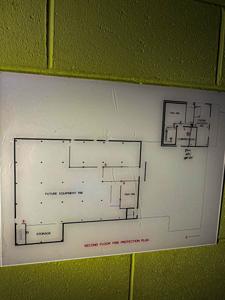
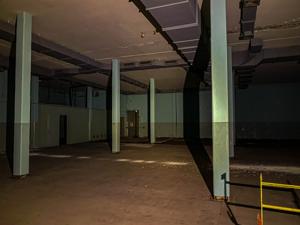
.jpg)

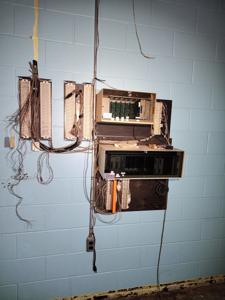
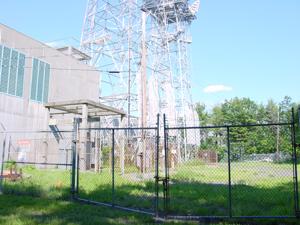
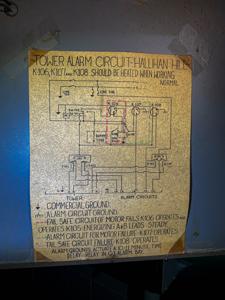
 New York.jpg)
